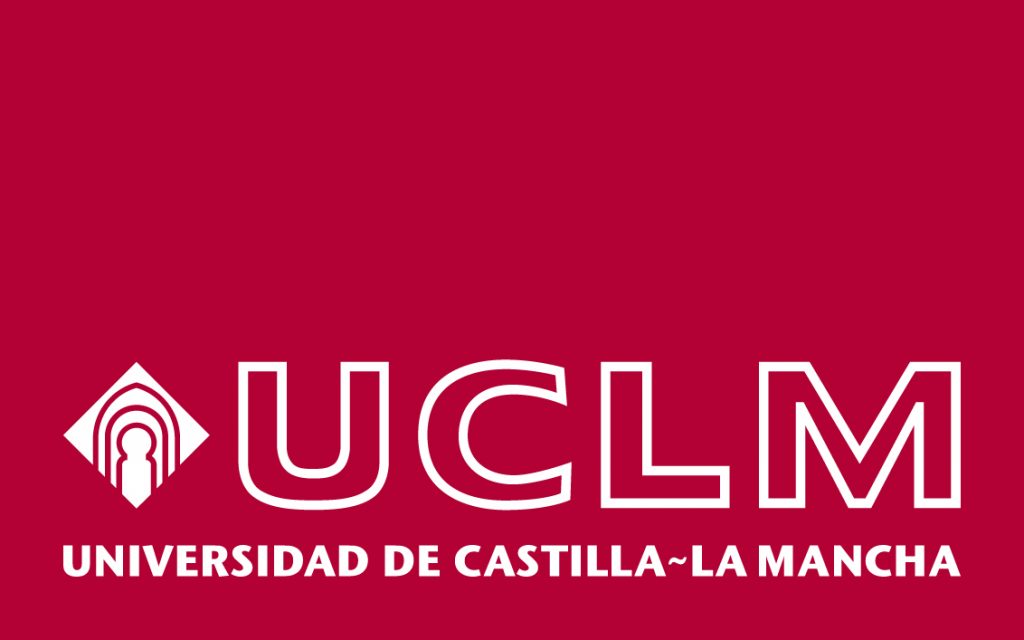Mathematics applied to pediatric oncohematology (MATHPOH)
2023-2026
Leukemias and lymphomas are the most common hematological cancers in childhood and the leading non-traumatic cause of death in children. New strategies are necessary to identify and select patients who do not respond to standard chemotherapy and who are at higher risk of relapse. The main objective of this project is to develop and use mathematical tools to improve the prognosis of pediatric patients with hematological cancers. The scientific knowledge generated by the project will focus on mathematical models that simulate the dynamics of hematological diseases, and on mathematical tools that predict response to treatments.















